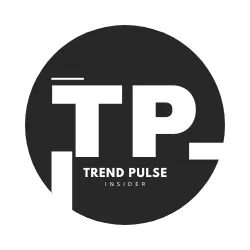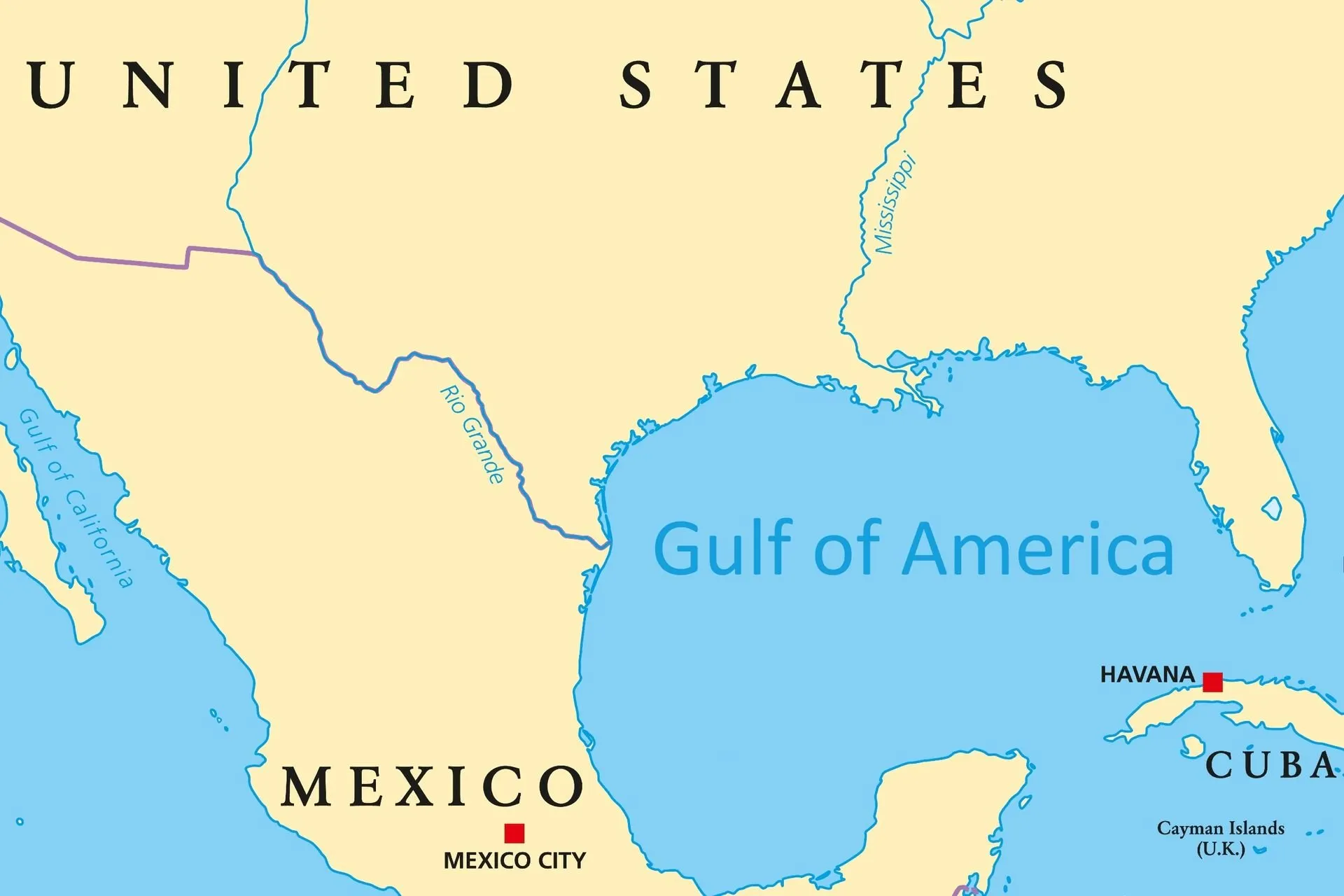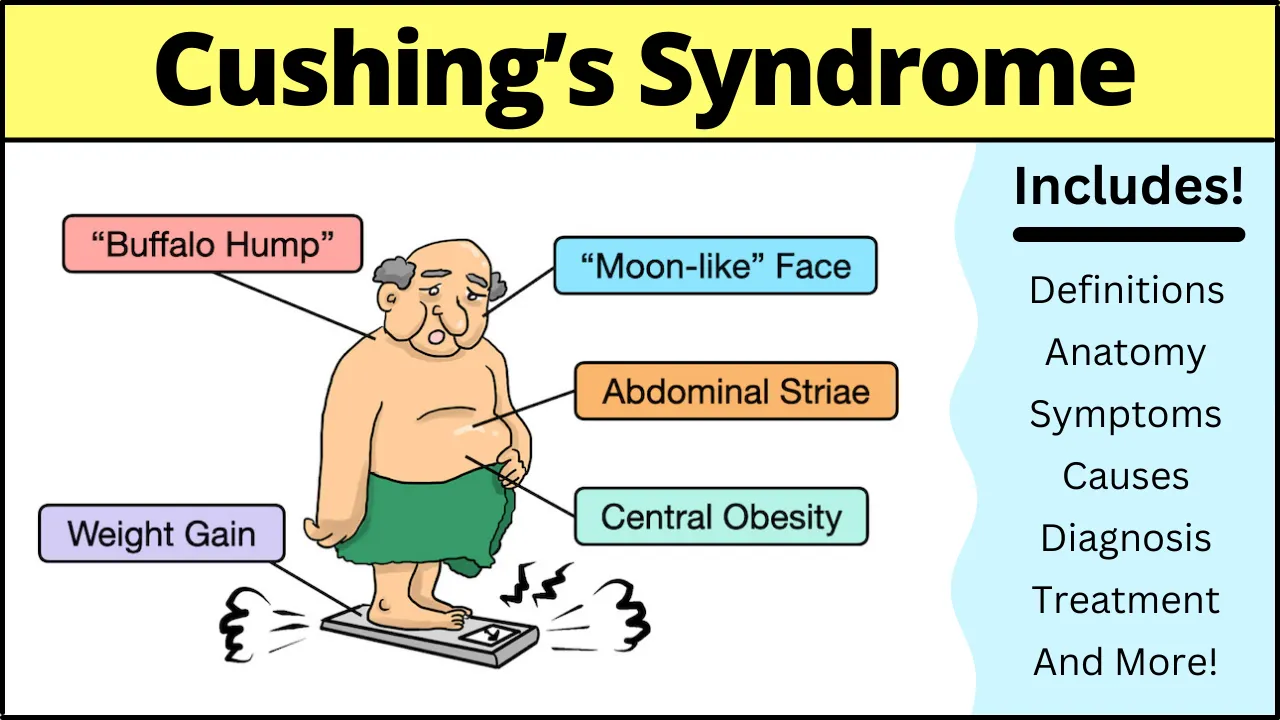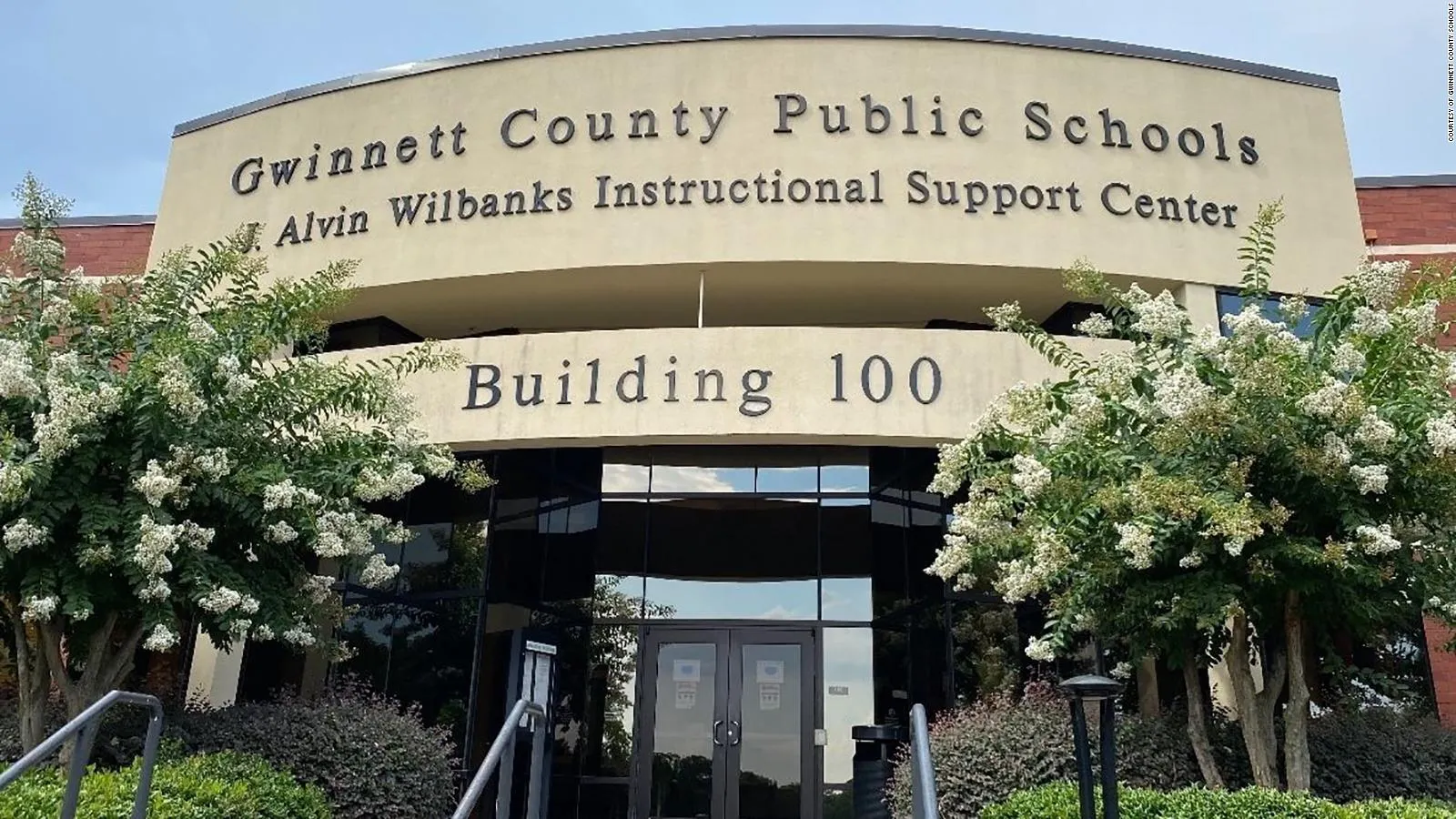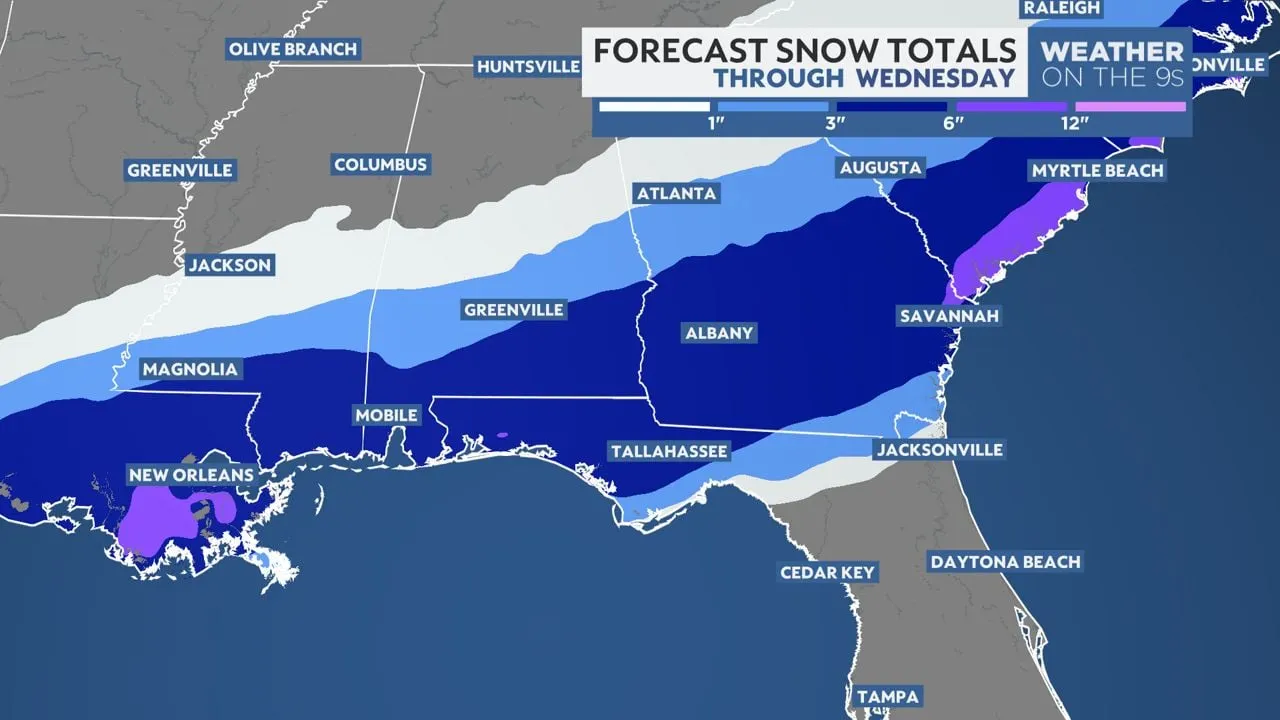Endeavor Air’s Strategic Shifts and Impact of WCCO School Closings on Minnesota Communities
Introduction

In today’s rapidly changing economic and social landscape, two seemingly distinct sectors are drawing attention: one in the field of aviation and the other in education. This article presents a comprehensive analysis of the latest developments surrounding Endeavor Air—a key player in the regional airline market under the banner of Delta Air Lines—and the increasingly prominent issue of WCCO School Closings affecting Minnesota communities.
By examining operational strategies, market dynamics, and community impacts, this article offers an integrated view, supported by data and reliable external sources, so that stakeholders and local residents can make informed decisions and advocate for constructive change.
This article not only provides an in-depth exploration of each trend but also connects broader economic considerations that influence both regional transportation and education. Whether you are an aviation professional, an education advocate, or simply a community member interested in change, the analysis here will help you understand the forces at work and provide actionable insights for next steps.
The Regional Airline Landscape and the Role of Endeavor Air

Over the past several years, changes in the aviation industry have forced airlines to re-evaluate operational strategies, fleet management, and route networks. Endeavor Air—a prominent regional carrier headquartered in Eagan, Minnesota—has emerged as a critical component of Delta Air Lines’ network as it navigates post-pandemic challenges, rising fuel costs, and a competitive pilot market. Originally established as a regional service provider, Endeavor Air now plays a crucial role in sustaining connectivity between smaller markets and major hubs.
Recent industry data from the U.S. Bureau of Transportation Statistics (BTS) indicate that regional airlines have steadily recovered after the downturn in passenger traffic that followed the COVID-19 crisis. Despite remaining challenges in labor negotiations and operational costs, Endeavor Air has implemented a series of strategic initiatives aimed at modernizing its fleet, improving fuel efficiency, and enhancing on-time performance. These operational tweaks not only bolster the airline’s competitive posture but also align with Delta Air Lines’ broader vision of delivering seamless travel experiences.
For a deeper understanding of these trends, interested readers may refer to the FAA website and BTS data portal, where regular updates and statistical analyses help decode the evolving market conditions.
Evolution and Operational Strategies at Endeavor Air

Historically, regional airlines have faced unique operational challenges compared to their legacy counterparts. Endeavor Air has been at the forefront of overcoming these hurdles through strategic fleet modernization and innovative route optimization. The airline’s leadership has recently emphasized safety, technology integration, and employee retention as key pillars of its growth strategy.
A centerpiece of this evolution is the airline’s commitment to upgrading its aging fleet. Investment in fuel-efficient aircraft not only mitigates environmental impacts but also helps reduce operating costs over the long term. According to recent industry reports, aircraft modernization programs across the regional sector are projected to save operators millions of dollars annually—a particularly significant metric given the current volatility in fuel prices.
Furthermore, Endeavor Air has been proactive in partnering with local aviation training programs. Collaborations with technical institutes and community colleges aim to cultivate the next generation of pilots. This targeted approach not only enhances recruitment efforts but also addresses longstanding concerns about pilot shortages—a challenge that has affected many airlines in the past decade.
In parallel, Endeavor Air is refining its flight schedules to better match demand. With data-driven route planning, the airline ensures that underserved cities receive adequate connectivity while capitalizing on lucrative regional markets. Detailed operational reviews have shown that such adjustments, albeit incremental, contribute significantly to improved load factors and overall profitability. As part of Delta’s network strategy, these operational tweaks resonate with the evolving expectations of modern travelers, where punctuality, convenience, and a seamless booking experience are equally essential.
For real-time insights on Delta’s strategic directions and regional performance, the Delta News website offers frequent updates and press releases.
The Story Behind WCCO School Closings

While the aviation sector is modernizing its operations, education in Minnesota is confronting a different kind of challenge. Recent reports by local news outlets—most notably those linked to WCCO School Closings—have underscored the complexities faced by communities when local schools are forced to close.
Over the past few years, several Minnesota school districts have wrestled with declining student enrollments, budget constraints, and evolving demographic trends. WCCO School Closings is not merely a headline; it reflects broader socio economics shifts in the region.
Shrinking enrollment in some urban and suburban districts, compounded by shifts in community demographics, has necessitated difficult decisions by local officials. In some cases, closing under-enrolled schools has been seen as a means to reallocate resources more efficiently, while in others, it has led to heated debates about educational equity and community identity.
Reports from Minnesota’s education boards and local news coverage have highlighted real-life examples. For instance, communities that once thrived around local schools now face long-term consequences when those centers of activity vanish. The closures have sparked discussions among parents, educators, and policymakers regarding the role of schools in neighborhood cohesion, economic development, and even local safety. Critics argue that closing schools in historically underserved areas may widen existing inequities, while supporters contend that consolidations are necessary for fiscal responsibility in a challenging economic environment.
For further context on these developments, check out resources offered by the Minnesota Department of Education and local analysis on Minnesota Public Radio.
Deconstructing the Impacts: A Comparative Analysis
When comparing the strategic moves at Endeavor Air with the unfolding narrative of WCCO School Closings, one can see that both cases are symptomatic of broader regional transition dynamics. On one hand, the evolution of regional aviation reflects broader economic resilience and the continuous demand for connectivity. On the other hand, the school closures highlight budgetary, demographic, and policy challenges that require urgent community-level attention.
The aviation industry has always served as an economic barometer. The strategic repositioning of Endeavor Air—through fleet modernization and enhanced recruitment initiatives—is indicative of not just industry survival but also of proactive adaptation to the new normal. Airlines that invest in efficiency and innovation are better positioned to counter external shocks such as fuel volatility and regulatory changes.
Conversely, education systems in Minnesota are grappling with fiscal pressures that come at a time when community cohesion is already at risk. The decisions leading to WCCO School Closings have real-world consequences. For families, the loss of a neighborhood school often means longer commutes and decreased access to after-school programs. For communities, schools are gathering places that foster social capital and local identity. Reducing such access has implications far beyond educational attainment.
In many ways, both trends underscore the need for balanced public policy that considers economic growth alongside social responsibility. While regional airlines like Endeavor Air promise increased connectivity and job opportunities, there is a parallel imperative to ensure that essential public services such as education are not sacrificed in the name of fiscal efficiency.
Economic and Social Implications: Connecting the Dots
A holistic analysis requires exploring the economic and social dimensions of these two issues. The evolution of Endeavor Air reflects broader national trends where regional air carriers are regaining ground lost during the pandemic. For instance, a recent BTS report noted that domestic air travel in the United States has returned to nearly 90% of its pre-pandemic numbers—a clear indicator that the sector is rebounding. This resurgence is fueled in part by improved consumer confidence and strategic investments in technology and sustainability initiatives within the airline industry.
At the same time, the economic viability of public education in Minnesota is increasingly being questioned against a backdrop of shifting demography. Declining enrollment figures have been quantified by the Minnesota Department of Education; several districts have reported a decrease ranging from 10% to 20% in student numbers over the last five years.
These figures are driving tough decisions, including the consolidation of school campuses and, in some cases, full-scale closures—issues that have been repeatedly covered under WCCO School Closings.
The economic implications are multifold. For businesses and local communities, the presence of a robust airline improves accessibility to markets, tourism, and overall economic vitality. Think of small businesses that benefit from increased foot traffic due to convenient travel options.
Conversely, the closure of schools can have a dampening effect on local economies: property values might decline, and local businesses that once thrived on the patronage of school communities may suffer.
One heartening development, however, is the increasing awareness of these imbalances among policymakers. Recent town hall meetings and public forums in Minnesota have brought stakeholders together, ranging from education advocates and community leaders to airline executives. These discussions are aimed at ensuring that action in one area does not inadvertently undermine another.
For example, some school districts are exploring public–private partnerships to maintain educational quality while mitigating budget constraints, much like how Endeavor Air is partnering with local technical institutions to bolster its workforce.
Data from the U.S. Chamber of Commerce and local economic development organizations reinforces the idea that a balanced approach—one that values both economic modernization and social infrastructure—is essential for long-term community resilience.
Data and Evidence: Supporting Analysis with Metrics
Robust decisions require trustable data. In this section, we break down the metrics and statistics that underpin the analyses of recent trends in both the aviation and education sectors.
For Endeavor Air and the Regional Airline Sector
Statistics from the BTS indicate several key performance metrics for regional airlines:
- Passenger load factors: Regional carriers, including Endeavor Air, have recorded an average load factor improvement of approximately 5% year-over-year, reflecting a gradual recovery in domestic travel demand.
- Fleet modernization: Industry reports suggest that fuel-efficient aircraft introduced over the past three years have reduced operating costs by nearly 8% for select regional airlines.
- Pilot recruitment statistics: With collaborative initiatives in place between airlines and technical institutes, pilot training programs have seen enrollment increases of close to 15% in regions like Minnesota.
Additional data-backed insights are available from reputable sources such as the FAA and specialized airline industry analysis at FlightGlobal.
For WCCO School Closings and Educational Trends in Minnesota
Key metrics driving the conversation around school closings include:
- Declining student enrollments: In numerous Minnesota school districts, enrollment figures have dropped by 10%–20% over the past five years, as reported by the Minnesota Department of Education.
- Budgetary constraints: Several districts have cited annual budget cuts that have directly influenced consolidation decisions. External studies have shown that districts with shrinking enrollments face per-pupil cost increases of up to 12%.
- Community impact assessments: Surveys conducted by local education organizations indicate that over 60% of households in affected areas express concerns over increased commute times and reduced access to extracurricular programs following closures.
These data points have been corroborated by local news coverage and independent studies, reinforcing the narrative that WCCO School Closings is not an isolated phenomenon but part of broader demographic and economic trends.
Through the lens of these statistics, it becomes clear that the strategic adaptations of Endeavor Air and the fiscal measures behind school consolidations are both responses to contemporary economic pressures. As policymakers and industry leaders integrate these insights into their planning, stakeholders are better equipped to advocate for balanced solutions that prioritize long-term community welfare.
In-Depth Analysis: Case Studies and Real-Life Examples
The transformation undertaken by Endeavor Air and the ramifications of WCCO School Closings have far-reaching implications. This section examines real-life examples and case studies that shed light on the tangible outcomes of these trends.
A Case Study in Regional Aviation
Consider a mid-sized hub city in the Midwest where regional connectivity is a critical economic driver. Endeavor Air has implemented new scheduling protocols that better match passenger demand during peak business periods. For example, the introduction of additional flights to outlying cities in the region not only reduced wait times for travelers but also stimulated local commerce. Local interviews with business owners reveal that improved flight connectivity has led to an increase in business travel and tourism, thus contributing to job growth and economic diversification.
In parallel, the airline’s workforce strategy stands out as a model for other regional carriers. By launching partnership programs with local technical schools, Endeavor Air is addressing the pilot shortage head on. One notable example involves a recently graduated pilot who joined the airline through a scholarship program sponsored by state-funded initiatives. This real-life narrative resonates strongly in industry circles and reinforces the dedication of the company to invest in future talent.
A Community Impact Study: The Story Behind WCCO School Closings
Imagine a suburban community in Minnesota where the local elementary school has been a cornerstone of neighborhood identity for decades. Recent news reports under WCCO School Closings highlighted how declining student numbers forced local officials to merge two schools. For families, this consolidation meant longer commutes and fewer opportunities for community engagement. In-depth interviews with parents and teachers revealed a common sentiment of loss—not simply of a building but of a familiar, nurturing environment that once helped shape the community’s identity.
Such narratives are echoed across multiple districts. In urban centers, the closures have provoked community forums where residents call for innovative solutions, such as repurposing school facilities into community centers or vocational training hubs. In each instance, the decision to close a school is informed by hard financial data and declining enrollment trends just as much as it is by a vision for a more streamlined, efficient education system. The tension between fiscal efficiency and community well-being underscores the broader societal debate that WCCO School Closings now bring to the forefront.
For further reading on these transformative case studies, local news archives like MinnPost provide extensive reports and retrospective analyses that can offer additional context.
Intersection of Transportation and Education: Broader Societal Trends
While the sectors of aviation and education might seem unrelated at first glance, the underlying shifts in each are reflective of larger trends in regional development, economic restructuring, and public policy reorientation.
Economic viability in any community depends on reliable transportation and quality education. The revitalization efforts seen in regional airlines like Endeavor Air ensure that smaller cities remain connected to national and international markets. This connectivity, in turn, drives job creation, business opportunities, and improved standards of living. Meanwhile, the closure of schools, as highlighted by WCCO School Closings, can lead to unintended economic downturns, as communities lose not only educational resources but also the ancillary benefits that local institutions provide—such as community centers, local job opportunities, and neighborhood vibrancy.
Bridging these sectors is a need for integrated policy approaches. Regional planners are increasingly advocating for “smart” investments that serve dual purposes. For instance, transportation networks that support efficient commutes can mitigate some of the adverse impacts of school closures by facilitating easier transfers between educational institutions that have been consolidated. Additionally, collaboration between local governments and private enterprises (including airlines) may foster initiatives where economic growth bolsters public services simultaneously.
Reports from the Urban Institute and academic studies published in transportation and urban planning journals outline how integrated public policies lead to better long-term outcomes. These resources help policymakers understand how investments in one sector might positively influence another, underscoring the interconnected nature of modern regional challenges.
Data-Driven Insights: Visualizing the Trends
While text-based analysis is essential, visual data representations underscore the importance of tangible evidence. Even though this article is text-based, here is a conceptual overview of how data could be visualized:
- A line graph depicting the recovery of domestic air travel numbers (pre- and post-pandemic) with Endeavor Air positioned as a key contributor.
- A bar chart comparing enrollment trends in several Minnesota school districts over the past five years, highlighting the districts affected by WCCO School Closings.
- A pie chart representing the share of operational cost savings from fleet modernization initiatives undertaken by regional carriers.
Such visualizations are widely available within reports published by trusted agencies like the BTS and local educational assessments by the Minnesota Department of Education. These data visualizations help reinforce the argument that both sectors—aviation and education—are influenced by overlapping demographic and economic forces.
Actionable Takeaways
For stakeholders in both the aviation and education sectors, this in-depth review yields several concrete recommendations:
- For policymakers: It is crucial to adopt integrated strategies that support economic growth while safeguarding public services. Collaborative initiatives between business, education, and local government can help mitigate the adverse effects of sector-specific financial pressures.
- For community leaders and local residents: Engaging in public forums and staying informed about local decisions is vital. Residents affected by WCCO School Closings can advocate for alternative education models such as community learning centers or partnerships with vocational institutions.
- For industry professionals at Endeavor Air and within the broader aviation sector: Continuing to innovate in fleet management and workforce development is essential. Sharing best practices with other regional carriers through trade associations and public–private partnerships can help ensure sustainable growth.
- For educators and school administrators: When facing potential consolidations or closures, proactive communication with the community is key. Exploring creative solutions—including the repurposing of school facilities and enhancing digital education platforms—can ease the transition for students.
- For investors and business development professionals: Monitoring both the recovery trends in regional aviation and the developments in public education financing provides a balanced perspective on regional economic health. Data-backed decisions informed by robust metrics help build resilient local economies.
Local communities, in particular, stand to benefit from open channels of communication and clear, transparent planning. By staying informed through trusted external links such as those provided by the FAA, Delta News, Minnesota Department of Education, and local news outlets like MinnPost, citizens can ensure that their interests are represented as both sectors evolve.
Conclusion
The evolving narratives surrounding Endeavor Air and WCCO School Closings illuminate how dynamic and interconnected regional communities have become. On one hand, the aviation industry, led by strategic players like Endeavor Air under the umbrella of Delta Air Lines, is charting a forward-thinking path amid industry challenges. On the other, pressing issues in public education—evidenced by the ongoing reports of WCCO School Closings—reflect broader demographic shifts and economic pressures in Minnesota.
Both trends strongly suggest that the future of regional development hinges on integrated, data-driven policies that balance economic progress with social well-being. Whether you are an aviation professional advocating for technological and operational innovations or an education stakeholder working to preserve community-oriented schools, the key lies in understanding the data, collaborating across sectors, and prioritizing the long-term interests of the community.
As you navigate these evolving landscapes, consider engaging with local decision-makers, joining community forums, and exploring further resources to deepen your understanding. Only through collective effort can communities harness the benefits of modern infrastructure while ensuring that essential public services remain robust and accessible. The journey ahead requires both vigilant oversight and bold innovation.
Recommended Next Steps and Further Resources
- Review the latest statistics and annual reports from the Bureau of Transportation Statistics to stay updated on aviation trends.
- Keep abreast of local education policy changes by following updates from the Minnesota Department of Education and local news channels such as WCCO’s coverage.
- Attend community forums and public hearings related to both regional development and school district planning.
- For industry insights, subscribe to aviation sector publications and Delta Air Lines’ press releases available via the Delta News website.
- Engage with local community groups that focus on both economic and educational development, aiming for proactive and inclusive policy discussions.
